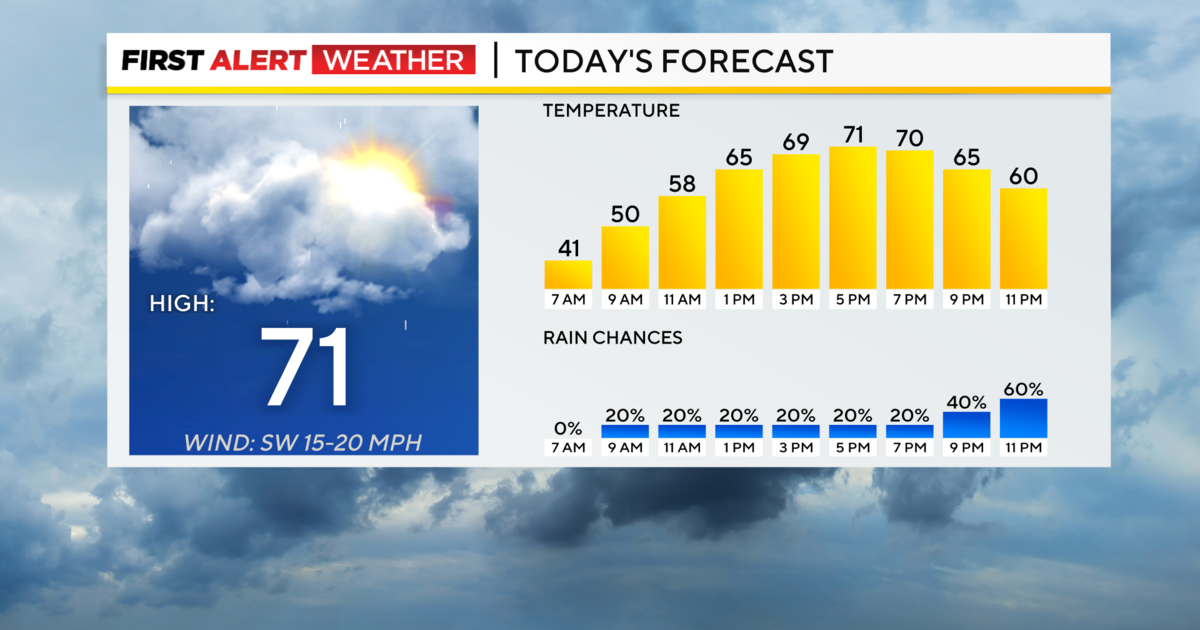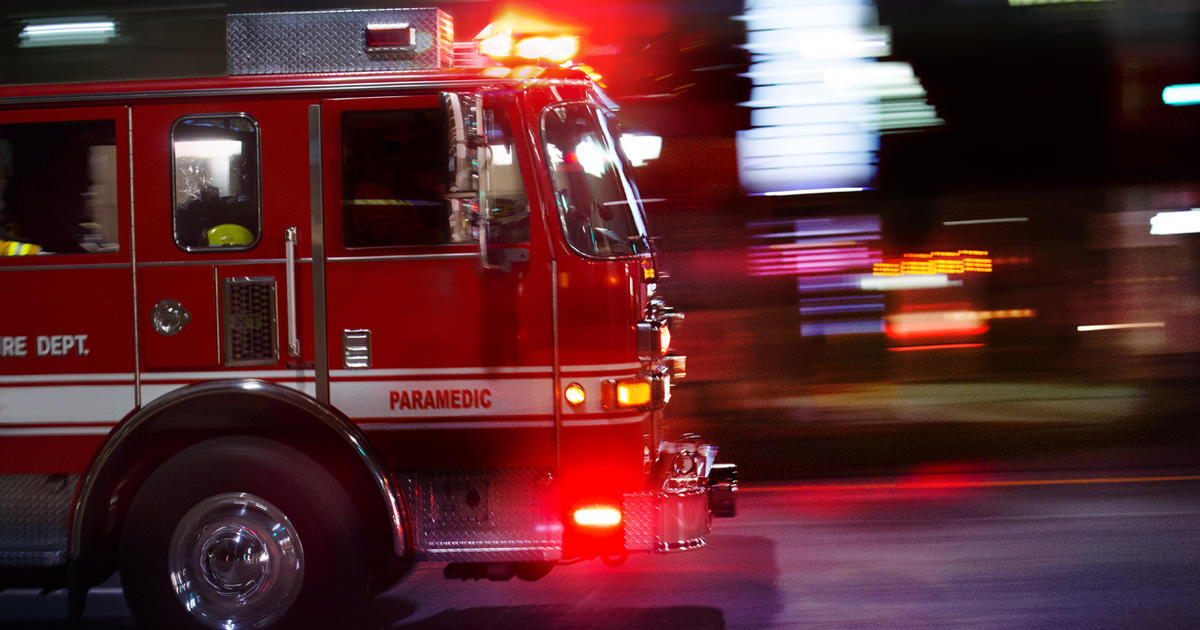Hawaii Lava Finally Reaches Pacific, Creates Another Deadly Danger
Follow KDKA-TV: Facebook | Twitter
By: Holly Yan, CNN
(CNN) -- First it was catastrophic lava. Then it was sulfur dioxide. Now Big Island residents have yet another danger to worry about.
Laze -- a mashup of "lava" and "haze" -- is a nasty product formed when hot lava hits the ocean, sending hydrochloric acid and volcanic glass particles into the air.
And now it's a real threat after lava crossed Highway 137 late Saturday night and entered the Pacific Ocean, the Hawaiian Volcano Observatory said.
Laze can cause lung, eye and skin irritation. And it has proven deadly in the past.
"This hot, corrosive gas mixture caused two deaths immediately adjacent to the coastal entry point in 2000, when seawater washed across recent and active lava flows," the HVO said.
Officials are warning people to stay away from areas where lava meets the ocean. But further inland, residents have other problems.
The HVO also reported sulfur dioxide emissions have tripled.
Because of lava entering the ocean, the U.S. Coast Guard enforced a Lava Entry Safety Zone Sunday for the navigable waters around the Kilauea Volcano. A Coast Guard news release says the safety zone includes all waters extending about 300 meters around the entry of the lava flow.
"All waterway users should be aware of the hazardous conditions associated with such an event. Getting too close to the lava can result in serious injury or death," said Lt. Cmdr. John Bannon, waterways management lead for the Coast Guard's Honolulu sector.
More eruptions, more earthquakes
The Kilauea volcano erupted at least twice this weekend -- at one point launching a cloud of ash up to 10,000 feet high.
"These eruptions caused a 5.0 magnitude and a 4.9 magnitude tremor at the summit," CNN meteorologist Haley Brink said.
"Additional explosive events that could produce minor amounts of ashfall downwind are possible at any time."
Since Kilauea's massive eruption May 3, Brink said, about 2,250 earthquakes have struck on or around Hawaii's Big Island.
As the Earth keeps shaking, liquid fire keeps flowing.
Lava picks up speed
Flaming rivers of molten rock have already destroyed at least 40 structures. But newer, fresher lava shooting out from fissures spell more danger.
"The consistency of lava is now changing," CNN meteorologist Allison Chinchar said. "Now it is runnier, but that is allowing it to move faster."
The volcano has caused almost two dozen fissures to crack the Earth's surface open -- purging fountains of lava and dangerous sulfur dioxide.
And some fissures refuse to die.
"A handful of old fissures have reactivated and joined together over the past few days," CNN's Scott McLean reported from Pahoa. "Lava is pouring out like a fountain ... feeding a fast-moving lava stream that's now reached the ocean."
Resident Ikaika Marzo said the lava flow isn't just treacherous. It's like hell on Earth.
"It sounds like 10 or 20 jets taking off from your backyard at the same time," Marzo told CNN affiliate Hawaii News Now.
"It's been like hell," he said. "It's like huge grenades going off. It shakes the whole community."
The-CNN-Wire
™ & © 2018 Cable News Network, Inc., a Time Warner Company. All rights reserved.




